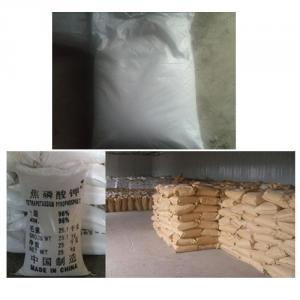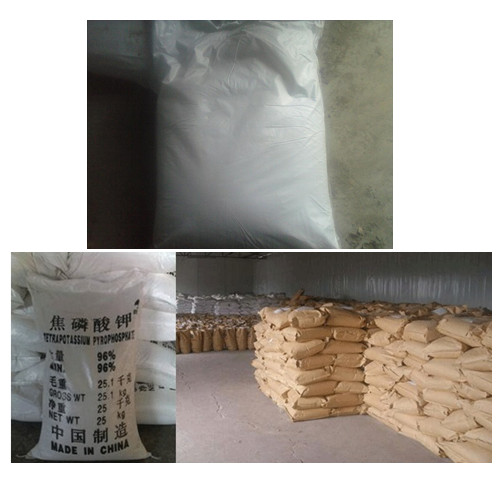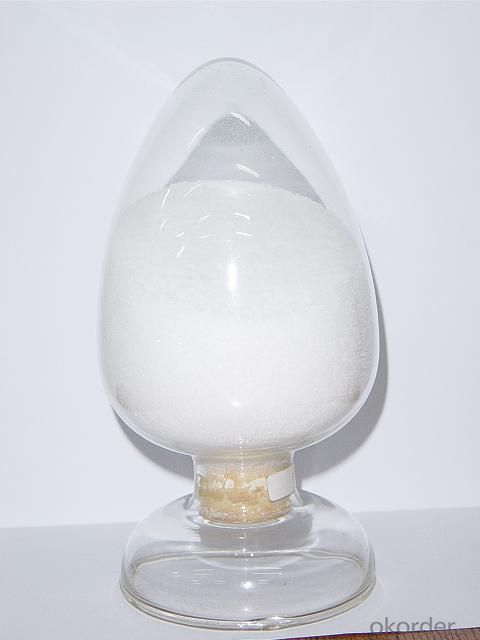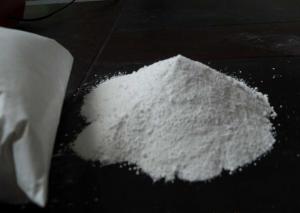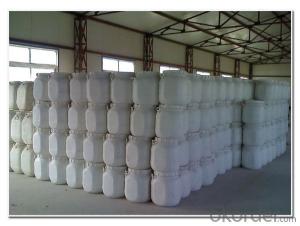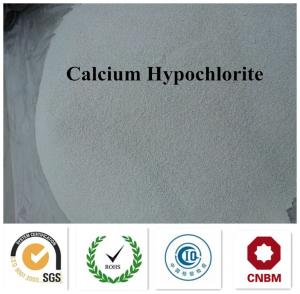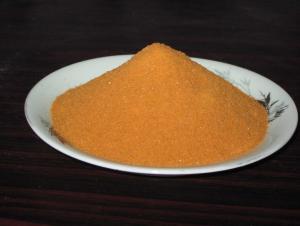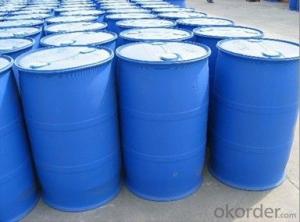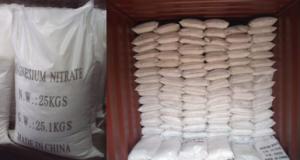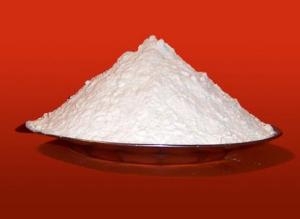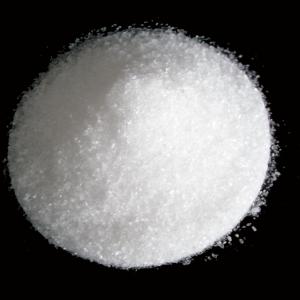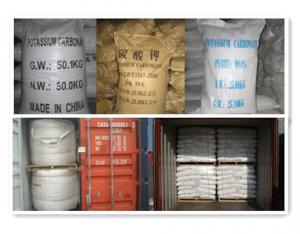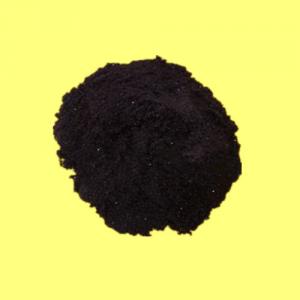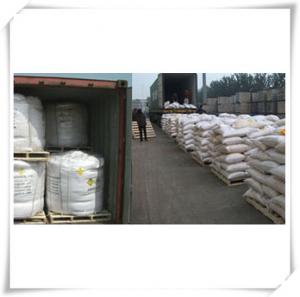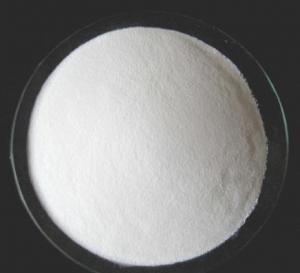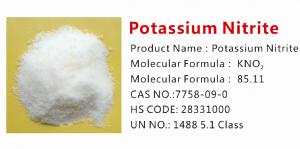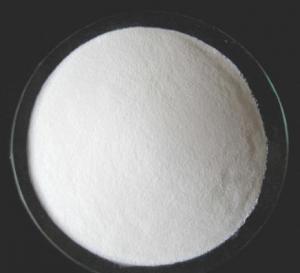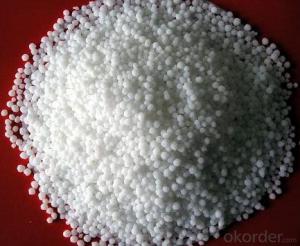Potassium Pyrophosphate Chemical Additive Powder
- Loading Port:
- China main port
- Payment Terms:
- TT OR LC
- Min Order Qty:
- 1000 kg
- Supply Capability:
- 500000 kg/month
OKorder Service Pledge
OKorder Financial Service
You Might Also Like
Potassium Pyrophosphate
Product Name: Potassium Pyrophosphate(TKPP)
Molecular formula: K4P2O7
Molecular weight: 330.34
CAS NO.: 7320-34-5
HS CODE: 28353990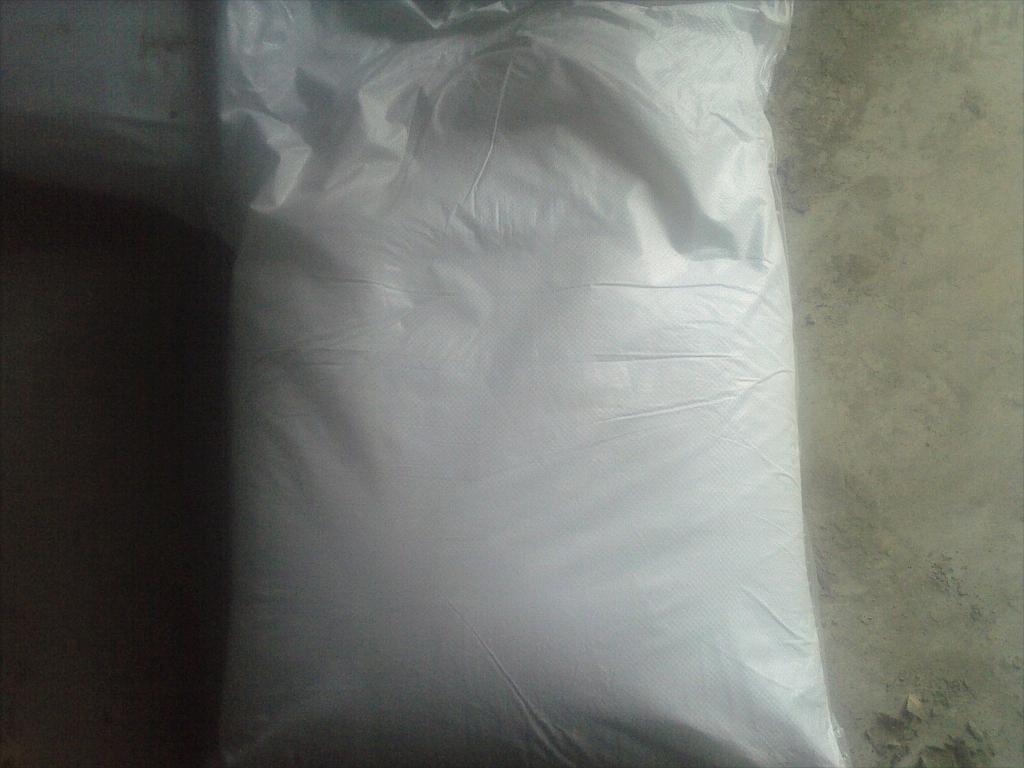
Properties:
potassium phosphate is in white powder. Relative density 2.534 and melting point 1109℃; It is apt to
absorb humidity in the open air to deliquescent; Soluble in water but insoluble in ethanol, and at 25 ,its
solubility in water is 187g/100g water; It can chelate with alkaline metals ions or heavy metal ions.
Specifications Electron Grade:HG/T 3591-1999
| INSPECT ION ITEM | UNIT | ELECTRON GRADE |
| Assay(K4P2O7) | ≥% | 98.0 |
| Iron | ≤% | 0.01 |
| Insoluble matter in water | ≤% | 0.10 |
| PH Value | - | 10.5±0.5 |
| Heavy Metals(as Pb) | ≤% | 0.003 |
| rtho Phosphate | Pass test |
Specifications Industrial Grade:ZB/TG 12006-88
| INSPECT ION ITEM | UNIT | FINE GRADE | FIRST GRADE | REGULAR GRADE |
| Assay(K4P2O7) | ≥% | 96.0 | 95.0 | 94.0 |
| Iron | ≤% | 0.03 | 0.05 | 0.10 |
| Insoluble matter in water | ≤% | 0.10 | 0.20 | 0.25 |
| PH Value | - | 10.0-10.7 | ||
| Phosphate | Pass test | |||
Packing :
25kgs woven bag lined with plastic bag or the demanding of customer.
Storage and transport:
It should be stored in a dry .ntilative and clean warehouse; kept away from moisture and hot, Furthermore, it should be stored
separately from poisonous substances.
Uses :
It mainly applied to electroplating without cyanate, industrial or household detergents; It can used as a buffering reagent as
well as stabilizer for hydrogen peroxide; It can also be used as dispersion agent for ceramic, clay, latex and pigments etc.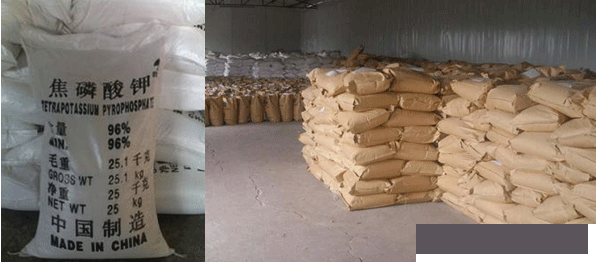
FAQ
1.Q: What is MOQ?
A: Our MOQ is 1 TON.
2.Q: Could you offer free sample?
A: We can provide free samples to you for quality testing.
3.Q: What about your packing?
A: For liquid: Flexitank, or IBC tank 1000L
For powder:Woven fabric bag with plastic film liner( 25kg or 1000kg)
Clients’ packing is workable.
4.Q: How about your productive capacity?
A: 150000 tons/Year.
5.Q: What is your delivery time?
A: Within 7 days after received deposit or L/C at sight.
- Q: and what are the kinds of organic compounds?..pls. help me abt. this..thanks!..(^_^)
- Any carbon-containing compound is considered organic with the exception of carbonates, bicarbonates, carbon dioxide and carbon monoxide.
- Q: bonded to an acid molecule called- such as potassium citrate?Thanks
- A mineral is mostly an inorganic salt that can form naturally in the earth. Potassium citrate on the other hand is an organic salt which is formed by addind an potassium base to citrate acid (citrate acid is an acid that is found in fruits and is termed organic as it is mostly has carbon atoms in it)
- Q: Which foods contain calcium-containing inorganic salts
- Calcium and inorganic salts are two concepts, bother you to go back and turn the chemical book and then ask, inorganic salt can eat
- Q: Is it possible to adjust the internal temperature of the carbohydrate in the vacuole
- multi-cell plant cells are living in the individual within the water environment, but this environment with the human body's internal environment can only be similar is not the same, and plant cells and no extracellular liquid this argument.
- Q: Why inorganic salt waterproof coating does not apply to roof waterproofing
- Inorganic salts are generally in the form of waterproof agent, generally mixed with cement quality of 3-5 percent, Jiangxi Nanchang rhyme waterproof material factory
- Q: What foods contain zinc-containing inorganic salts
- 1st: oysters (71.2 / 100g / 100g)
- Q: Are the inorganic salts mineral and they are soluble in water?
- Generally speaking, inorganic salts, including minerals, inorganic salts are not minerals. Some inorganic salts can be soluble in water and some can not, the vast majority of minerals do not dissolve in water, otherwise the rain on the rocks are not dissolved Is it gone?
- Q: Does the lack of inorganic salts cause convulsions?
- The lack of important substances in the salt body is indeed the use of salt to protect the health of important substances than the calcium and phosphorus main body bone calcium blood coagulation muscle contraction and nerve cell regulation very important phosphorus calcium with the same function of food are preserved phosphorus body lack of calcium muscle spasms Can be rash dyspnea gastrointestinal paralysis and other body no phosphorus calcium calcium phosphate can be used to make bone calcium and phosphorus with a reasonable reason to play its role in the use of salt my body's non-essential body about 50 grams of salt according to 0 --- 2 5 grams To follow the excreta outside the body need to be added or otherwise the body of the production capacity of the body is extremely lack of salt can be fainting disease to speed up or even cause muscle weakness in the iron content and its role is not important in vivo iron deficiency anemia and other iron deficiency
- Q: Salt is not a kind of inorganic salt
- Salt chemical name is called "sodium chloride", chemical symbol: NaCl
- Q: The addition of inorganic salt viscosity of micelles increased first and then increased again and then reduced, there is no possibility ah? Yes, then what is the reason for the increase ah?
- possible. The inorganic salt is dissolved in water to form positive and negative ions, and the ions of the micelles are extruded to make the solubility smaller and form an increase in the viscosity. With the increase in the amount of inorganic salt, it does not have the ability to dissolve in water, there is no micelles and the molecular state exists in the water, the liquid becomes thin ...
Send your message to us
Potassium Pyrophosphate Chemical Additive Powder
- Loading Port:
- China main port
- Payment Terms:
- TT OR LC
- Min Order Qty:
- 1000 kg
- Supply Capability:
- 500000 kg/month
OKorder Service Pledge
OKorder Financial Service
Similar products
Hot products
Hot Searches
Related keywords
